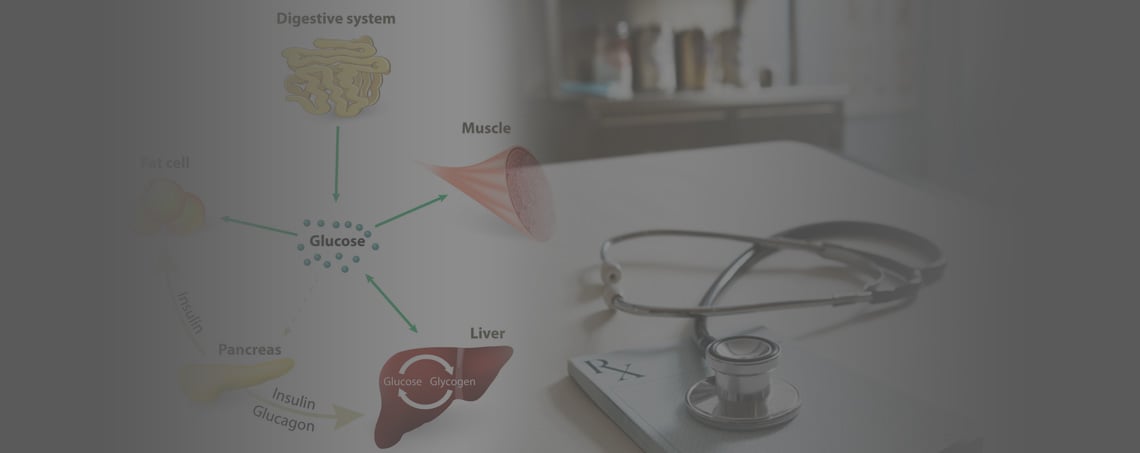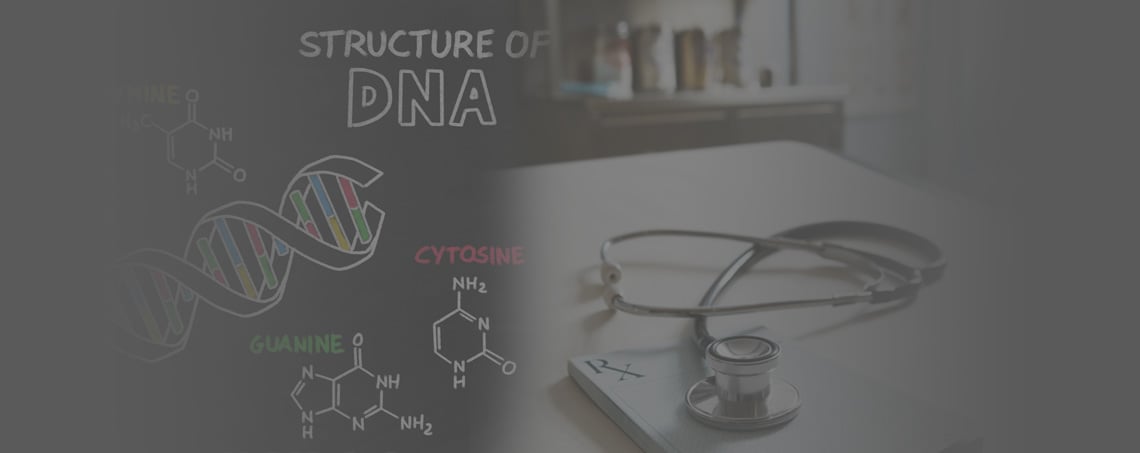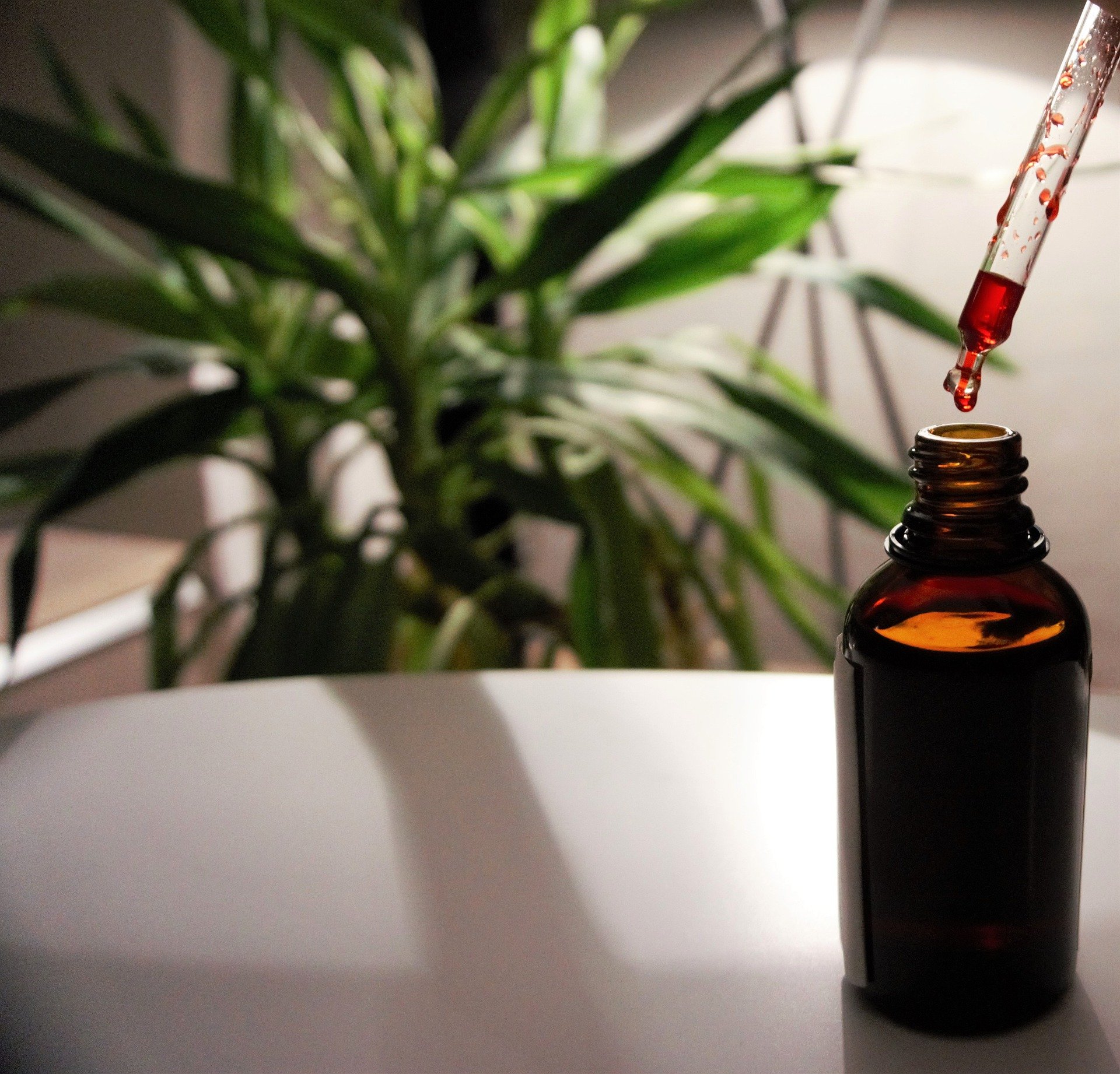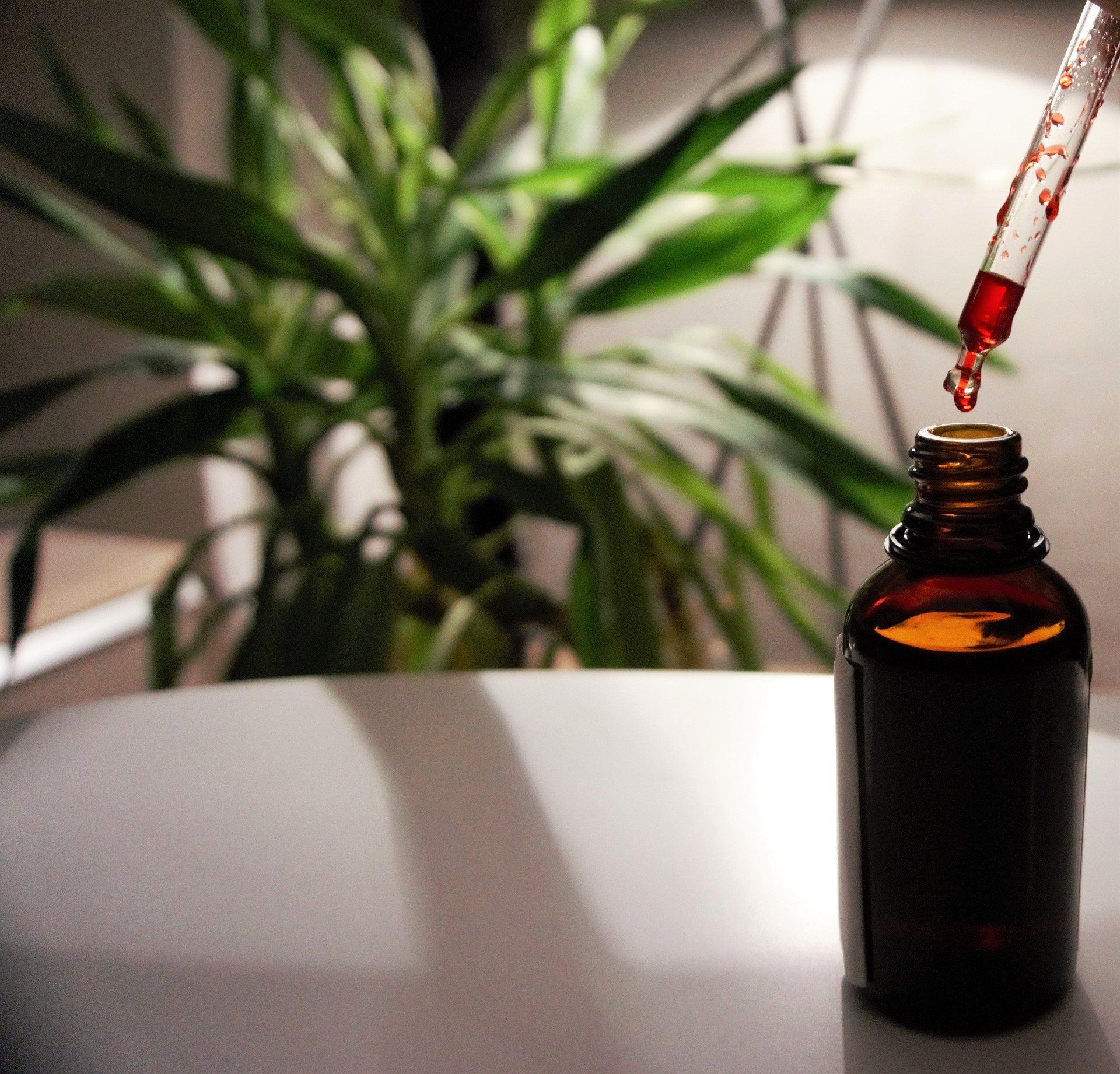How Common Is B12 Deficiency?
Are you wondering how common is B12 deficiency? Would you be surprised if I told you ten percent of the population has it? How about twenty percent? In this article we look at studies that tell us about how common B12 deficiency is in different ages and populations. We also look at how that changes over time, what some of the reasons are for B12 deficiency, and what you can do about it.
If you want to know how common is B12 deficiency, keep reading.
B12 Deficiency and Insufficiency Defined
B12 deficiency may be more common than you think but before we get into how common it is, we want to look at some terms like B deficiency and B insufficiency. To do this we will reference a study that looked at the levels of B12 in U.S. populations. This was a study by the National Health and Nutritional Examination and it was a survey. They defined B12 deficiency as a serum level of anything less than 148 pico moles per liter. Most U.S labs will report serum B12 levels with the units picograms per milliliter. In order to convert the pico moles per liter into picograms per milliliter, you have to multiply by 1.35 . If we take 148 and multiply by 1.35, we get 195 picograms per milliliter. So deficiency of vitamin B12, according to this study, would be defined as less than 195 picograms per milliliter. 200 pg/ml or less is close to what most labs will report it as deficiency in their reference ranges. I would go a little further and say anything less than 200 pg/ml is deficiency.
In this study they defined an additional term called "marginal depletion.' They define marginal depletion of vitamin B12 as between 195 pg/ml and 298 pg/ml. I still call this deficiency because I find that anything in 300pg/ml and even in 350 pg/ml will respond to B12 supplementation. When they start taking B12 they feel better, less fatigue etc. If you are on this lower end known as marginal depletion, which we can also describe as B12 insufficiency, it is worthwhile looking at some supplementation. I would define sufficient B12 levels as above 500 pg/ml. If you are at 500 pg/ml that doesn't always mean you have enough, but it does lead us down a different path. I am giving you these parameters so you have a general idea of the difference between B12 deficiency and B12 sufficiency on paper. We are usually looking at serum levels but this does not tell the whole story. Without getting into too much detail, the serum test is just a starting place.
How Common Is B12 Deficiency
The study looking to answer this question (from the serum B12 levels alone) was done by the national health and nutrition examination surveys. This study was based out of the US as well and they found that as populations age deficiency rates go up. This makes sense since stomach acid declines as we age. Stomach acid is intrinsically tied with something called intrinsic factor. Intrinsic factor is secreted when acid is secreted. Acid levels generally go down with age as well. With this decline in acid, intrinsic factor goes down as well. Intrinsic factor is needed for B12 absorption. Once secreted in the stomach, it binds to the B12. The B12 travels further down into the small intestine it is absorbed in a specific area of the small intestine. If there's not enough intrinsic factor, absorption does not occur. Now with this information, it makes sense that as populations age, stomach acid goes down, intrinsic factor goes down, B12 absorption goes down.
Back to the actual study findings. Nutrition Examination Survey was done on u.s populations between the years of 1999 and 2002. What they found was deficiency rates were around 3 percent for those aged 20 to 39. It was four percent of those age 40 to 59. It was six percent for those 70 years or greater. You can see it's gradually going higher and higher.
When they changed the term and range to marginal depletion the rates increased a lot. Those aged 20 to 59 had marginal depletion at a rate of fourteen to sixteen percent. Those people age 60 or older had marginal depletion at a rate of twenty percent. Clearly as age increases B12 deficiency becomes more common. When we shift what we consider deficient just slightly, the rates of deficiency go up 2-3 fold.
So back to the question, how common is B12 deficiency. If you look at it from this perspective, about fifteen to twenty percent of the adult u.s population has B12 deficiency. Keep in mind, this is based on a survey so it's not the most accurate way to answer this question. I wouldn't take it as gold but as a rough approximation. A lot of people do have B12 deficiency.
If you are wondering if you have normal levels or adequate levels, you can check your serum B12 levels. The lab reference range in your local lab may vary slightly on what it considers normal. Typically it's going to be all the way up to a thousand on the high end. Remember, just because you are within that range doesn't necessarily mean you have enough B12. There are many ways to test and assess for B12 deficiency. If you check your serum B12 levels and you are in the range of 400-500 pg/ml, this could still indicate inadequate or insufficient B12 levels. I consider anything less than 500 pg/ml to be suspect of a B12 deficiency. Part of that assessment includes doing other testing and looking at common B12 symptoms. If you don't have any symptoms of B12 deficiency, I would not be as worried about a lower serum B12 level.
As this study indicates as, you age it is a good idea to monitor your B12 levels. If you want to prevent the age related B12 deficiency problem, you can supplement with B12. Here is a good B12 supplement option. You can increase the actual amount that you are consuming every day. You can do that through foods you can do that through supplements. Sublingual form of B12 is going to be the best bet since you that does not require intrinsic factor. Another thing you can do from a stomach digestive standpoint, is tonify your digestive cells. You can do that by taking digestive bitters. There are many different formulas for this. Here is one we have used Sweetish Bitters.
Anything that has a bitter taste when you consume it is a digestive bitter. These actually helps your digestive tract secrete more acid and become more functionally active and produce more acid and intrinsic factor.
That should give you a better understanding of how common is B12 deficiency. If you have questions about the content in this article, please ask it in the comment section below.
If you want a customized plan on how to lower your DHEA levels, click in the link below to get started.





















